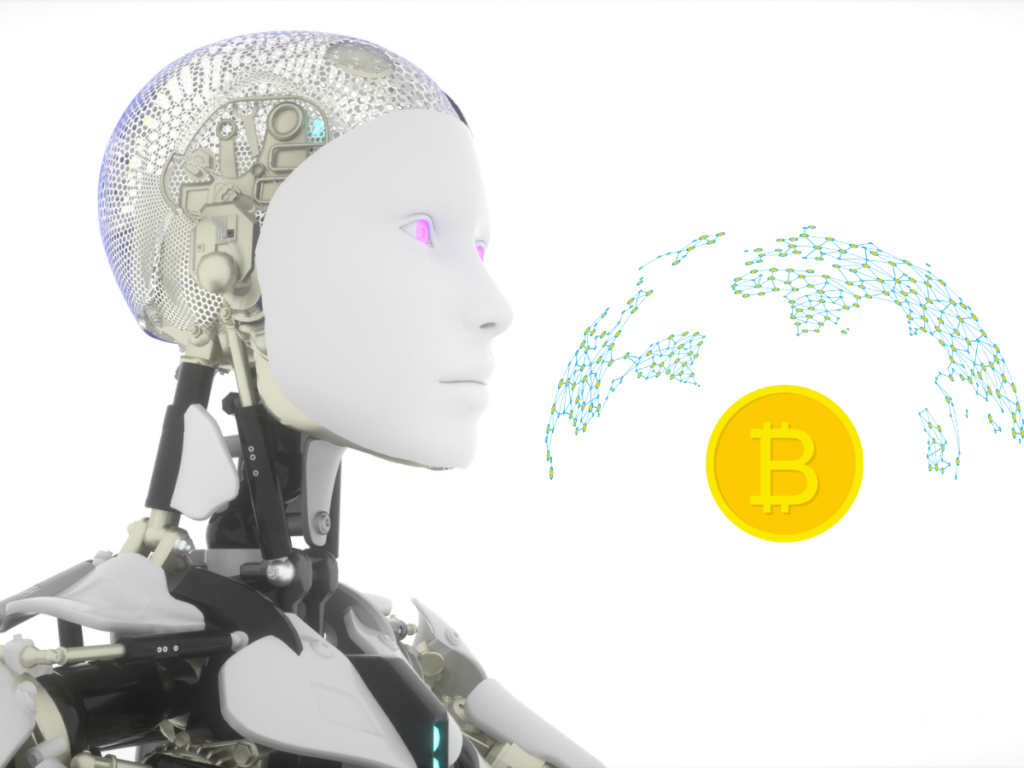Explore the neglected potential for artificial intelligence (AI) to worsen crypto fraud, contrary to its often discussed function in fighting fraud.
As much talk on combining artificial intelligence and the crypto sector focuses on how AI may help the industry battle frauds, experts ignore the prospect that AI could have the reverse effect. Recently, Meta issued a warning about programmers who appeared to be abusing OpenAI’s ChatGPT in an effort to gain access to users’ Facebook accounts.
Over 1,000 malicious connections disguised as ChatGPT extensions were blocked by Meta in just the months of spring and April. Con artists claimed that the platform even referred to ChatGPT as “the new crypto.” Additionally, a search on DEXTools, an interactive cryptocurrency trading platform that keeps track of the amount of tokens, returns over 700 token trading pairs that include either “ChatGPT” or “OpenAI”. This demonstrates that despite OpenAI not claiming to have jurisdiction over entry into the blockchain realm, scammers are nonetheless using the hype surrounding the artificial intelligence apparatus to create tokens.
AI-powered technologies
Stages for online entertainment have become well-known platforms for introducing new prank currencies online. Tricksters use these stages’ limitless influence and reach to quickly build a sizable following. By using AI-powered technologies, they may widen their audience and build a tens of thousands-strong fanbase that appears to be loyal to them. These made-up interactions and accounts can be utilized to make it appear as though their scam enterprises are well-known and trustworthy.
A significant portion of the cryptosphere is concerned with social evidence of labor, which suggests that if a digital currency or endeavor appears well-known and has a sizable following, it should be well-known on purpose. If others have done enough study before investing, investors and prospective buyers are more likely to trust projects with larger internet followings. Contrarily, AI has the potential to undermine social proof of labour and undermine this presumption.












